Table of Contents
In Made to Stick book summary we take a look at Chip & Dan Heath’s book, “Made to Stick: Why Some Ideas Survive and Others Die.” The book explores why some ideas succeed while others fail, and provides a framework for making ideas “stickier” – more understandable, memorable, and impactful.
The Power of Stickiness
The authors use the example of a successful campaign by the Center for Science in the Public Interest (CSPI) to illustrate the power of sticky ideas. CSPI wanted to raise awareness about the high fat content of movie popcorn.
They succeeded by presenting their message in a simple, unexpected, and concrete way, comparing the fat in a bag of popcorn to a full day’s worth of fatty foods.
The authors argue that the CSPI’s success wasn’t a fluke. Sticky ideas share common traits that make them more likely to succeed. They identify six principles of sticky ideas:
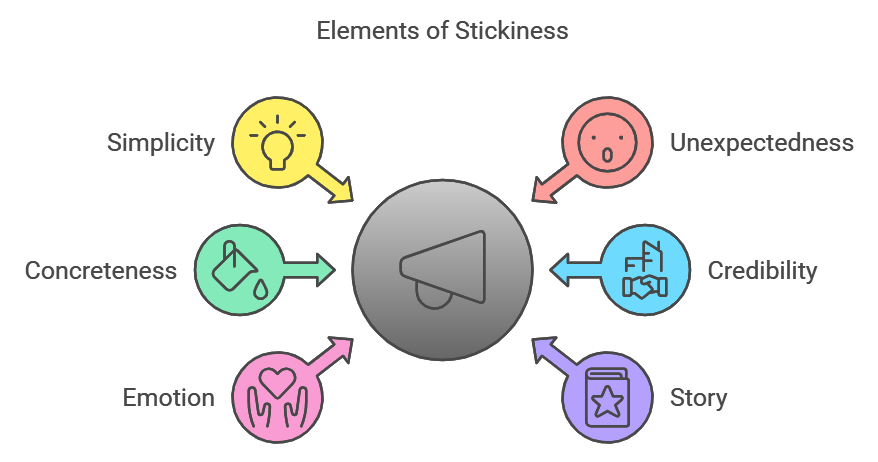
- Simplicity: Finding the core of an idea and expressing it concisely, like a proverb.
- Unexpectedness: Grabbing attention by breaking existing schemas and surprising the audience.
- Concreteness: Using tangible language and imagery that people can easily understand and remember.
- Credibility: Making ideas believable through details, statistics, or testimonials.
- Emotion: Making people care by appealing to their self-interest, identity, or emotions.
- Story: Using narratives to engage audiences and inspire action.
“Sticky ideas work like this. They’re simple, unexpected, concrete, credible, emotional, and story driven.”
Finding the Core: Simple and Unexpected
The first step in making an idea stick is to “find the core” – the essential message you want to communicate. This involves stripping away unnecessary details and prioritizing the most important information.
The authors use the analogy of a newspaper lead to illustrate this point. A good lead conveys the most essential elements of the story in a concise and compelling way. Just as journalists bury the lead by starting with irrelevant information, communicators often obscure their core message by including too much detail.
To make ideas stickier, they should be unexpected. This involves breaking people’s existing schemas – their preconceived notions about the world. For example, the CSPI broke the schema that popcorn is a healthy snack by revealing its high fat content.
Unexpectedness can be achieved by:
- Highlighting a knowledge gap: Posing a question or puzzle that makes people aware of something they don’t know. This is exemplified by news teasers that pique viewers’ curiosity about upcoming stories.
- Providing context: Giving people enough background information to understand and care about the message. This approach was pioneered by Roone Arledge, who revolutionized sports broadcasting by providing viewers with context about the athletes and the events.
Making Ideas Concrete and Credible
Concrete ideas are easier to understand, remember, and act upon. The authors stress the importance of using tangible language and imagery that people can easily grasp.
Urban legends are a prime example of the power of concreteness. These stories often feature vivid details that make them more believable and memorable. For instance, the urban legend of the Boyfriend’s Death gains credibility through specific details, like the girl finding her boyfriend’s bloody clothes in the shower.
To make ideas more concrete, the authors suggest:
- Using props: Physical objects can make abstract concepts more tangible. For example, James Grant, former director of UNICEF, used a packet of salt and sugar to illustrate the low cost and life-saving potential of Oral Rehydration Therapy.
- Creating concrete examples: Specific instances can help people understand and relate to abstract concepts. The Saddleback Church created “Saddleback Sam,” a fictional representation of their target audience, to guide their decisions and outreach efforts.
Credibility is crucial for making ideas believable. The authors discuss two types of credibility:
- External credibility: Relying on the expertise or authority of others.
- Internal credibility: Making ideas believable based on their own merits.
To establish internal credibility, communicators can use:
- Details: Vivid details, even seemingly trivial ones, can boost credibility.
- Statistics: Data can provide evidence to support claims.
- Testimonials: Personal stories can add emotional weight and authenticity.
“Common sense is the enemy of sticky messages. When messages sound like common sense, they float gently in one ear and out the other.”
Making People Care: Emotion and Stories
Emotions make people care. The authors discuss various strategies for tapping into people’s emotions:
- Using associations: Linking ideas to pre-existing emotions. For example, the “Don’t Mess with Texas” anti-littering campaign tapped into Texans’ pride in their state.
- Appealing to self-interest: Highlighting how an idea benefits the audience. This is exemplified by classic advertising headlines like “They Laughed When I Sat Down at the Piano… But When I Started to Play!”
- Appealing to identity: Connecting ideas to people’s values and sense of self. For example, the “Don’t Mess with Texas” campaign also appealed to Texans’ sense of responsibility for their environment.
Stories are powerful tools for engaging audiences and inspiring action. The authors identify three basic story plots that are particularly effective:
- Challenge plot: A protagonist overcomes a formidable challenge and succeeds. This plot inspires perseverance and courage.
- Connection plot: People from different backgrounds overcome barriers to form a connection. This plot inspires compassion and understanding.
- Creativity plot: Someone solves a problem in an innovative way. This plot inspires creativity and problem-solving.
“Stories are the only way to break the Curse of Knowledge.”
Stories work because they:
- Simulate experiences: They allow audiences to vicariously experience the events and emotions of the story.
- Provide inspiration: They motivate people to act by showing them what is possible.
Overcoming the Curse of Knowledge
The authors emphasize the importance of overcoming the Curse of Knowledge, which makes it difficult for experts to communicate clearly with novices. The SUCCESs checklist provides a framework for breaking this curse by ensuring that ideas are:
- Simple and understandable
- Unexpected and attention-grabbing
- Concrete and memorable
- Credible and believable
- Emotional and engaging
- Told in a story format
Conclusion
“Made to Stick” offers a valuable framework for making ideas more impactful. By applying the six principles of stickiness, communicators can increase the chances that their messages will be understood, remembered, and acted upon.
The authors remind us that anyone can create sticky ideas – it doesn’t require special talent or expertise. It simply requires a conscious effort to apply the principles outlined in the book.
Who should read Made to Stick: Why Some Ideas Survive and Others Die
- Anyone who needs to communicate ideas in a way that makes them understandable, memorable, and impactful. The book provides a framework for creating “sticky” ideas, which means that people will understand them, remember them, and be able to act on them.
- Teachers. The book is full of examples and concepts that can be used to make lessons more engaging and effective. For example, the book discusses how to use curiosity gaps to spark students’ interest, how to make abstract concepts more concrete, and how to use stories to illustrate points.
- Business leaders. The book can help business leaders communicate their strategies more effectively to their employees. For example, the book discusses how to avoid the “Curse of Knowledge” by using simple, concrete language. It also discusses how to create buy-in by using stories that engage the audience.
- Nonprofit leaders. The book can help nonprofit leaders make their case for support more effectively. For example, the book discusses how to appeal to people’s emotions and identities. It also discusses how to use stories to illustrate the impact of the nonprofit’s work.
- Anyone who wants to make a difference in the world. The book provides a framework for creating ideas that can change people’s opinions and behavior.

Enjoyed Made to Stick book summary? Check out these other book summaries here
You may also like:
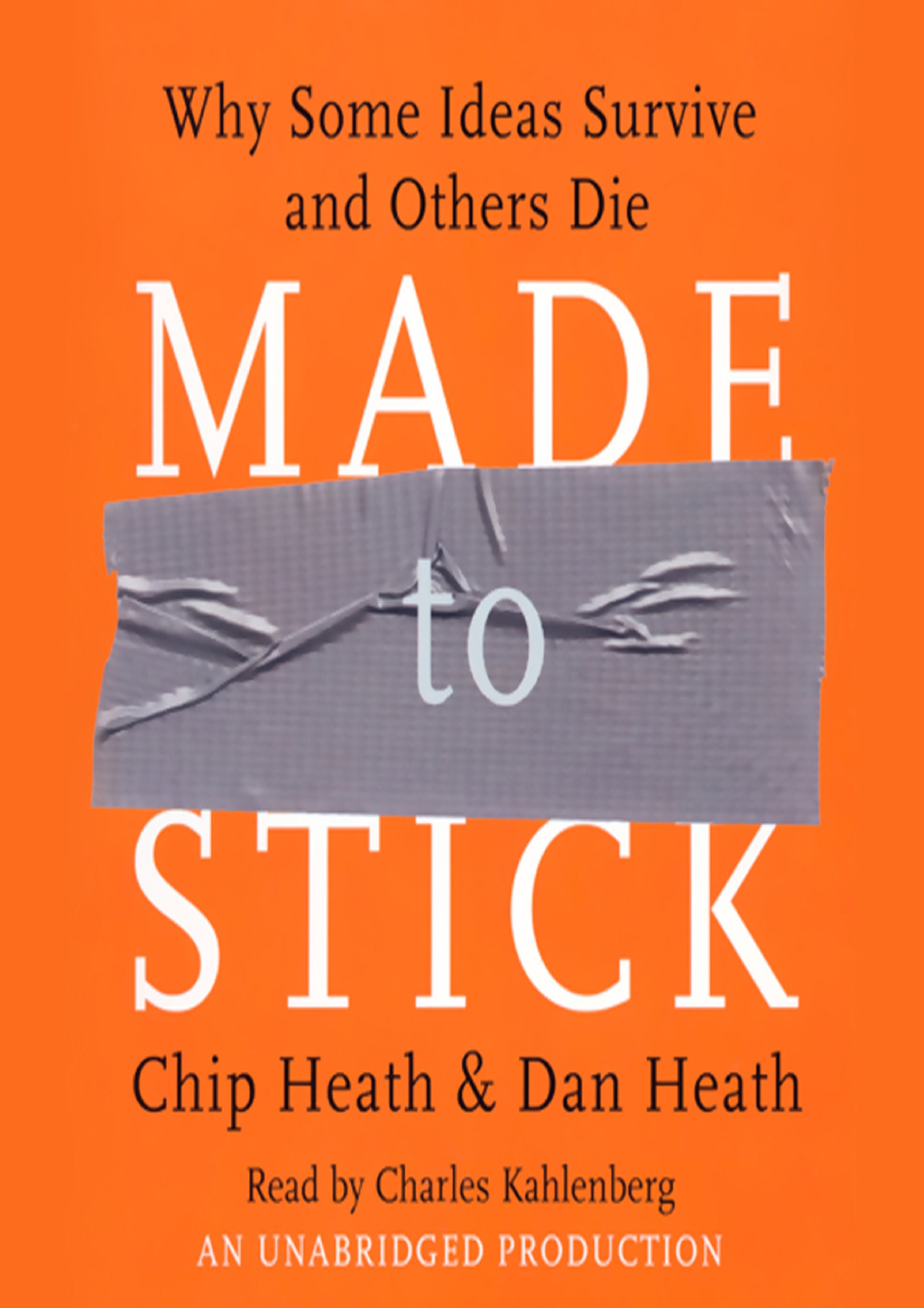

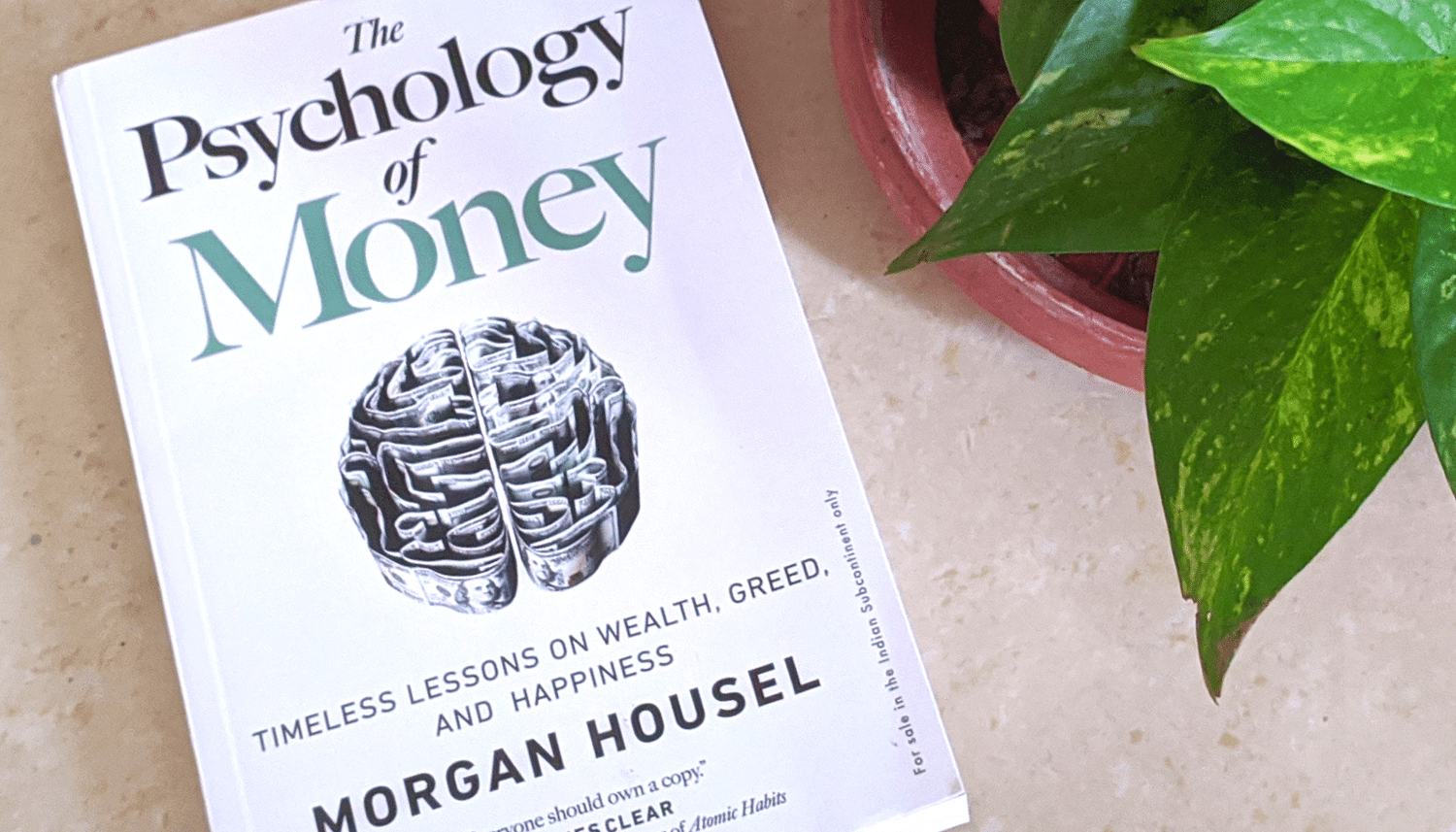
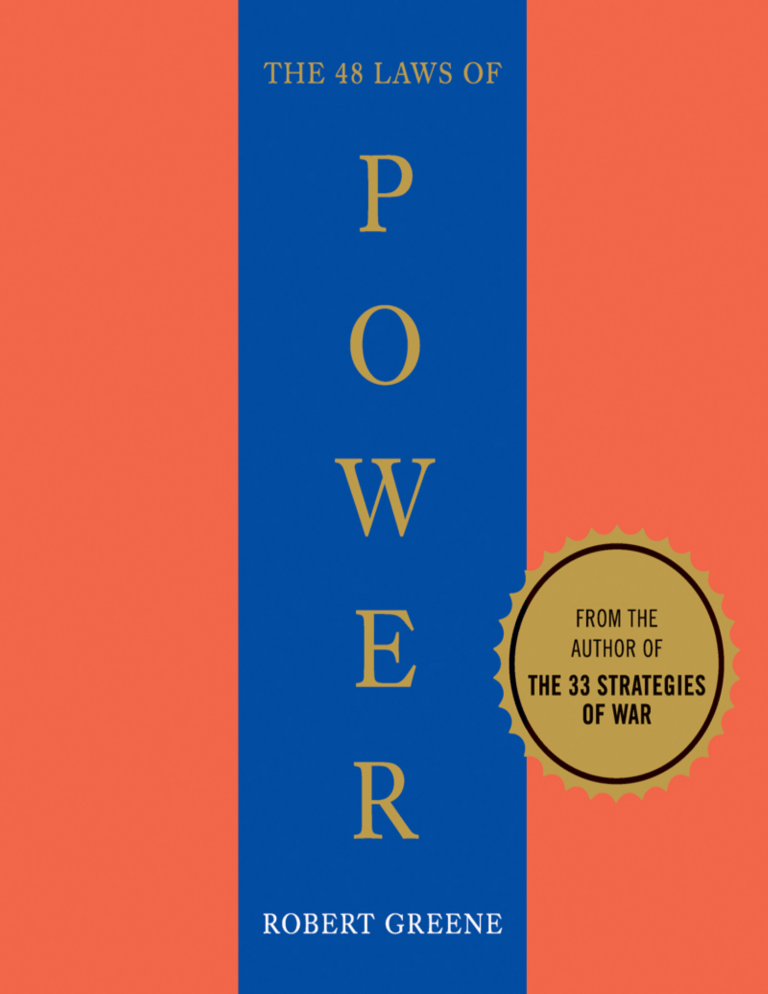

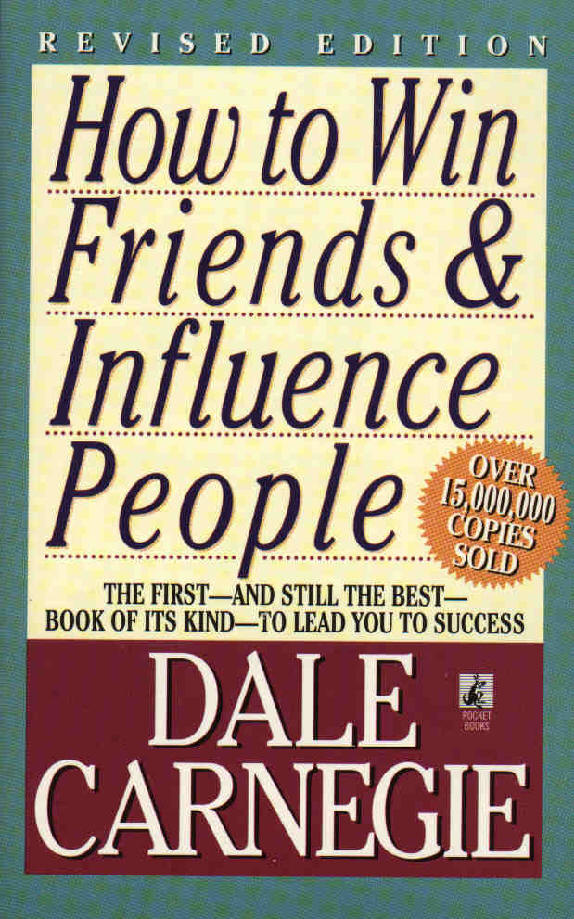


Leave a Reply to 22 Immutable Laws Book Summary | Key Principles of Marketing Cancel reply